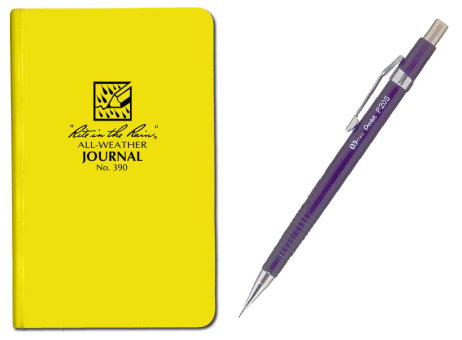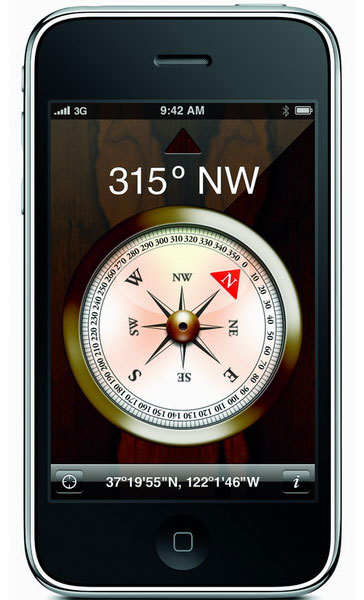When it comes to collecting field data, I’ve always been a bit of a traditionalist:

I’m also on record as being a little sceptical about the benefits of taking shiny gadgets into the field. A traditional notebook is hard to break and will not stop working when it gets wet (assuming you have been converted to the wonders of Rite In The Rain) or gets sand in the innards, and the only thing that you can run out of are pages and pencil leads, rather than battery power.

Nonetheless, the fact that the latest iteration of the iPhone has a digital compass, combined with some conversations with Chris Town, and a recent post by Bob Jamieson about some iPhone applications he uses in the field, led to a bit of chat on Twitter about whether Apple’s latest object of geek worship might be of use to a field geologist. I’m starting to think that there might be some potential there, with the right software. For example:
- With a compass and an accelerometer, could the iPhone be used to measure the orientation of dipping beds? Even if it’s not astoundingly accurate, combined with GPS co-ordinates it would be sufficient for quickly mapping out regional structures. You could even plot out the data on a stereonet as you go.
- Geotagging photos (and now, videos) would be easy as pie, although the iPhone camera is not the greatest ever.
- It might be possible to geotag voice memos as well, so you could quickly record observations as you go (perhaps you could transcribe them using voice recognition?)
As far as I’m concerned, there’s always going to be a place for physical note-taking; if nothing else, you can’t overestimate the value of a good interpretative sketch. But as a supplementary tool, there are possibilities. Perhaps the advantages are not so clear at the outcrop itself, but given how central spatial and location data is becoming to geological research, actually collecting data in a way where they can instantly be manipulated and analysed on your computer, rather than being forced to transcribing everything later, could be a real boon, both for research and for teaching.
However, I still have some reservations regarding the durability – or lack thereof – of devices such as the iPhone in a field setting. A good bit of kit should be tough enough to put up with rough handling and rougher weather, and even though there are some tough-ish cases out there, I’m not sure they quite fit the protective bill. Then there’s the question of battery life – although there are possible ways around that too – and, if we’re thinking about the iPhone in particular, the lack of a physical keyboard is a possible limitation as well.
Still, perhaps the rest of you have some ideas: what funky things would your ideal electronic field aid be able to do? Do you think it would be worth pursuing development in this area, or would you argue that using an iPhone-like device at the rock face would be more trouble than it’s worth?



Comments (22)